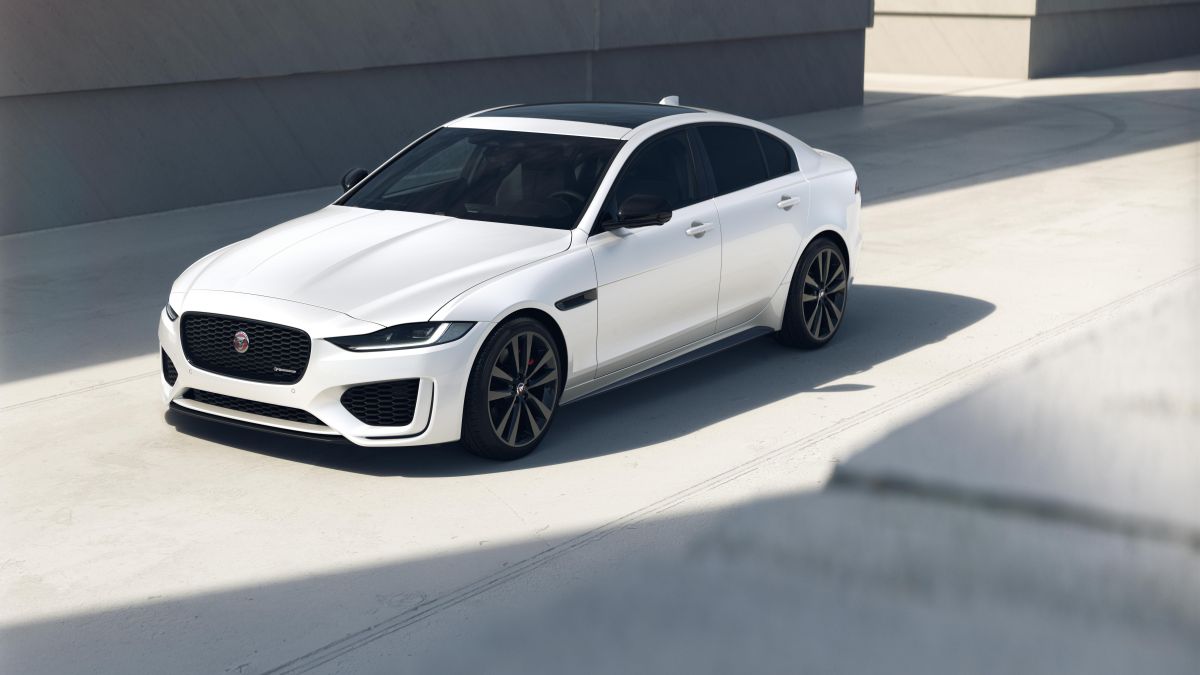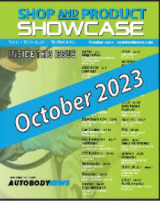A recent industry survey found while fewer shops are successfully negotiating to be paid their higher labor rate for aluminum repair work, other new vehicle technology is adding more lines to shops’ estimates and final invoices.
Among more than 500 shops participating in a recent “Who Pays for What?” survey, the vast majority -- 84% -- perform aluminum repair work, and 43% hold an OEM certification for aluminum repair from one or more automakers. With the added expense of separate tools and work areas designated for aluminum work, along with training and other certification requirements, shops have seen a need for different hourly rates for aluminum repair compared to standard steel body repairs.
 The survey found shops’ labor rates for structural aluminum work outside of an OEM-certified program in late 2023 found a 75th percentile rate of $130, meaning 75% of shops charge a rate below that amount, while 25% charge a higher rate.
The survey found shops’ labor rates for structural aluminum work outside of an OEM-certified program in late 2023 found a 75th percentile rate of $130, meaning 75% of shops charge a rate below that amount, while 25% charge a higher rate.
It appears insurers, however, have been pushing back on those higher labor rates for aluminum work. Over the past five years, fewer and fewer shops participating in the surveys are being paid the higher rates. Just 29% of those performing aluminum work reported through the survey they are being paid their aluminum rate on a regular basis (“always” or “most of the time”) by the eight largest national insurers. That was down significantly from the same survey five years ago, when 54% of shops said they were regularly being paid their aluminum repair rates.
The average percentage of shops reporting that insurers “never” pay their aluminum rates has been slowly increasing over the past five years as well, rising from 25% in 2019 to 37% in late 2023.
In better news for collision repairers, however, shops are more regularly being paid for labor operations that are becoming increasingly common because of changes in vehicle technology.
As the electric vehicle population grows, for example, more shops are getting paid for keeping those vehicles charged while in the shop. Nearly 2 in 5 shops (38%) say they are paid always or most of the time by the largest insurers for electric vehicle recharge. That was up nearly 13 percentage points from a year earlier. About an equal percentage (41%) said those insurers never pay for that procedure, but that was down from about 50% the prior year.
Given that only a small -- but growing -- number of automakers require a radar power test on select vehicle models, it’s perhaps not surprising that two-thirds of shops responding to the survey said they had never billed for the procedure. But the survey, which was the first to ask about radar power tests, found more than 2 in 5 shops (42%) that have billed one or more of the eight largest insurers for the procedure said they have been paid all or most of the time.
“It’s a static function test to see if painting the bumper has reduced the power of a radar sensor too much,” said Mike Anderson of Collision Advice, who conducts the “Who Pays” surveys. “The test is needed if the system uses higher resolution radar for blind spot systems that are able to identify not just a vehicle in the blind spot, but even smaller objects such as a bicycle.
"The test uses what is essentially a metal pole on wheels, to measure, when the system is engaged, how much the bumper cover is reducing the power signal of the radar sensor," Anderson continued. "The test is currently required for some Mercedes-Benz and Toyota vehicles but likely will be required on more makes and models in the future."
The latest “Who Pays” survey, which focuses on not-included frame and mechanical labor operations, is open during the month of April; shops can click here to take the survey.shops can click here to take the survey.










John Yoswick